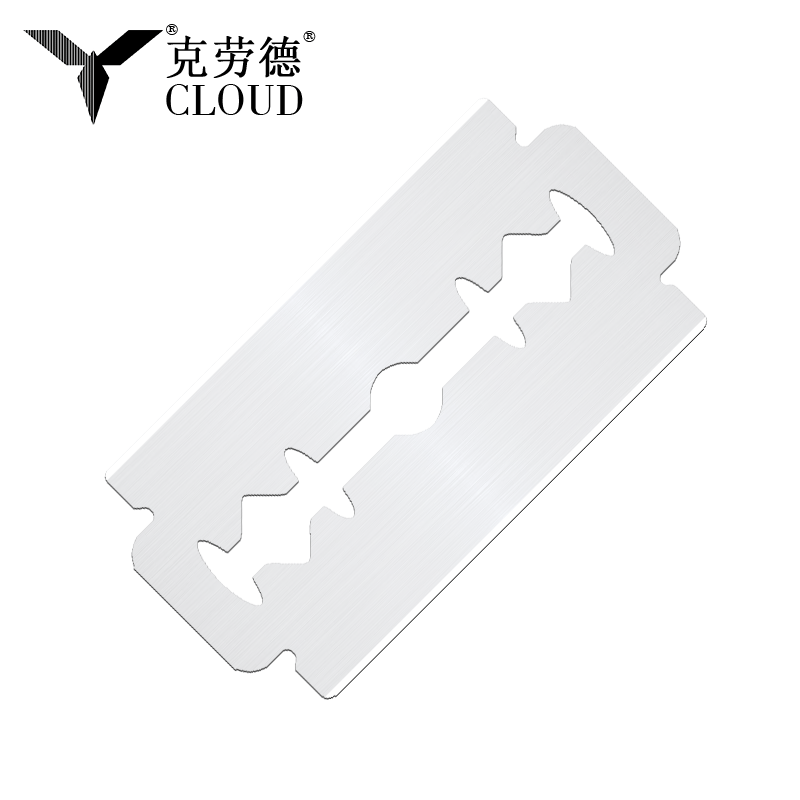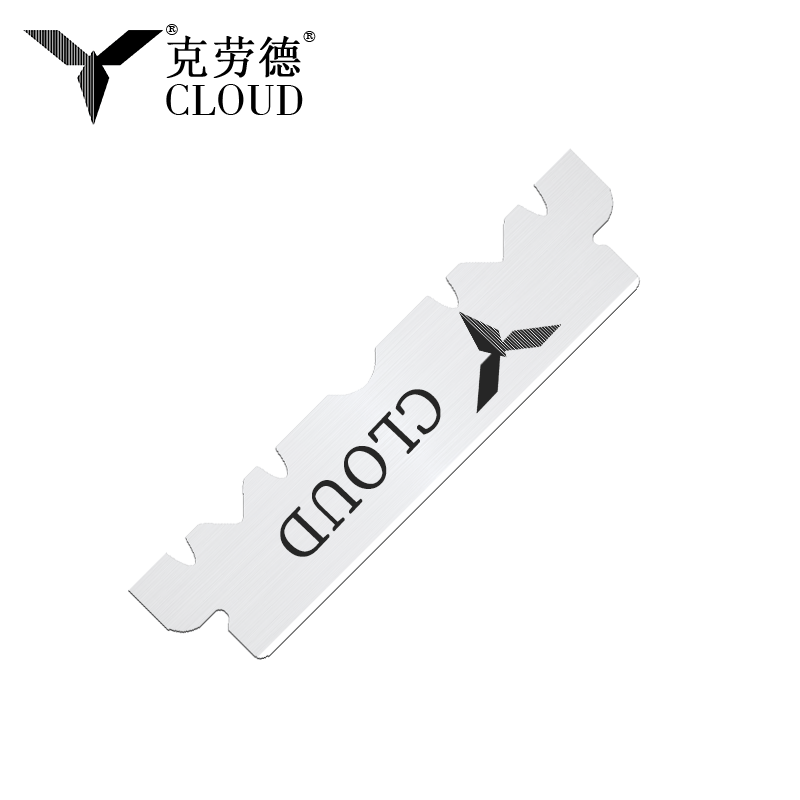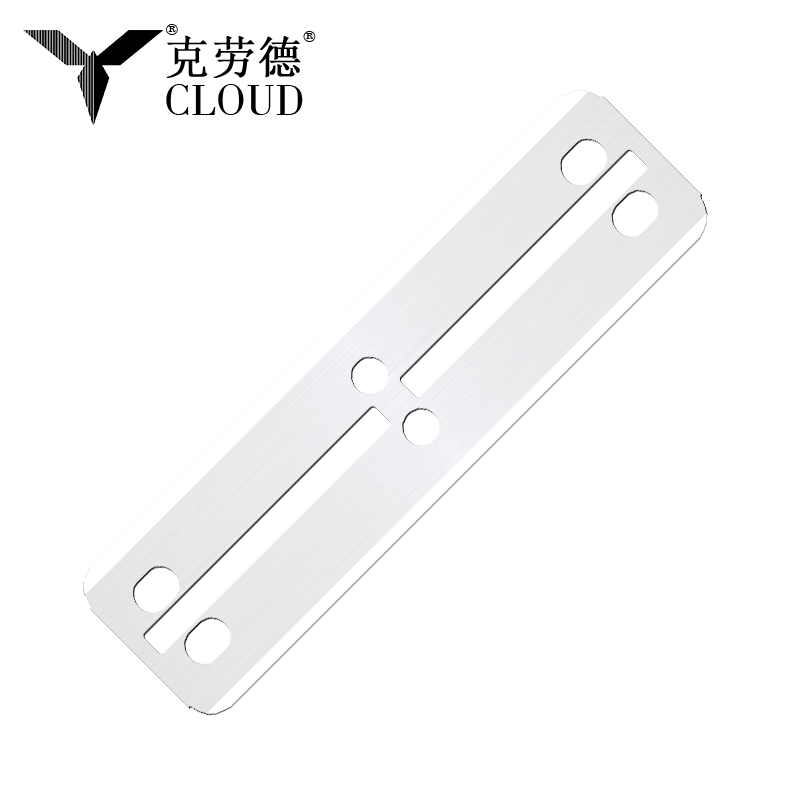1. Factors Affecting Blade Longevity
Double edge razor blades wear down over time, and their lifespan depends on multiple practical factors. Regular exposure to water can accelerate corrosion, even on stainless steel blades. Hard water deposits may cause micro-abrasions, dulling the edge faster. Additionally, the type and coarseness of facial hair significantly influence how long a blade remains sharp. Users with thick or curly hair may need to replace blades more frequently, while those with fine hair may extend usage.
Proper drying and storage techniques can prolong blade life. Storing blades in a dry environment, ideally using a blade bank or magnetic holder, prevents oxidation. Applying a light coating of mineral oil after cleaning can also help reduce corrosion and friction during shaving.
2. Shaving Techniques to Maximize Efficiency
Double edge razors require slightly different handling than cartridge razors. Key techniques include:
- Shaving with the grain first to reduce irritation and avoid premature dulling of the blade.
- Using short, controlled strokes to maintain even pressure across the blade edge.
- Rinsing the blade frequently during shaving to remove accumulated hair and shaving cream that can cause drag.
- Adjusting the angle between the blade and skin—usually between 30° and 35°—to maintain optimal cutting efficiency without nicking.
3. Comparing Blade Materials and Coatings
Not all double edge razor blades are created equal. Differences in material and coatings can greatly impact shaving performance:
| Blade Type |
Material |
Coating |
Characteristics |
| Standard Stainless Steel |
High-carbon stainless |
None |
Sharp edge, prone to corrosion if not dried properly |
| Platinum-coated |
Stainless steel |
Platinum |
Smoother glide, extended sharpness, corrosion-resistant |
| Teflon-coated |
Stainless steel |
PTFE |
Reduces friction, ideal for sensitive skin |
4. Environmental Impact and Blade Disposal
Double edge razor blades are mostly recyclable due to their steel content, but proper disposal is essential to prevent injury. Many users collect used blades in a dedicated container and then recycle them at metal recycling centers. Avoid throwing them directly in household trash. For a safer and more sustainable approach, blade banks with magnetic holders are an effective solution to accumulate used blades before recycling.
5. Selecting the Right Blade for Skin Type
Different skin types benefit from specific blade characteristics. Here’s a practical guide:
- Sensitive Skin: Opt for coated blades such as platinum or Teflon-coated variants to reduce irritation.
- Oily Skin: Use sharp, uncoated stainless steel blades that minimize drag and allow smoother cleaning during shaving.
- Thick or Coarse Hair: Consider blades with reinforced edges or multi-layer coatings to maintain sharpness for longer periods.


 ENG
ENG
 English
English Español
Español








 +86-400 9915 887
+86-400 9915 887  +86-021-57644936
+86-021-57644936 
 No. 2066, Yushu Road, Songjiang District, Shanghai, China
No. 2066, Yushu Road, Songjiang District, Shanghai, China  Home
Home
